Does your city in Africa stand out in terms of economic, social, cultural, and environmental competitiveness?
Numerous cities across the African continent provide appealing environments for conducting business, and the quality of life plays a pivotal role in a city's allure. The attractiveness of cities as places for residence and work is a crucial factor in attracting both talent and global/local businesses.
In Africa, Port Louis emerges as the city boasting the highest quality of living and is also recognized for its safety.
Following closely for overall quality of life are the South African cities of Durban, Cape Town, and Johannesburg, though they still rank lower in terms of personal safety.
Concerns related to water scarcity notably impacted Cape Town's ranking. Gambia's strides toward a democratic political system, improved international relations, and enhanced human rights contributed to Banjul experiencing the most significant improvement in quality of living in Africa and globally, rising six places this year.
1. Port Louis, Mauritius
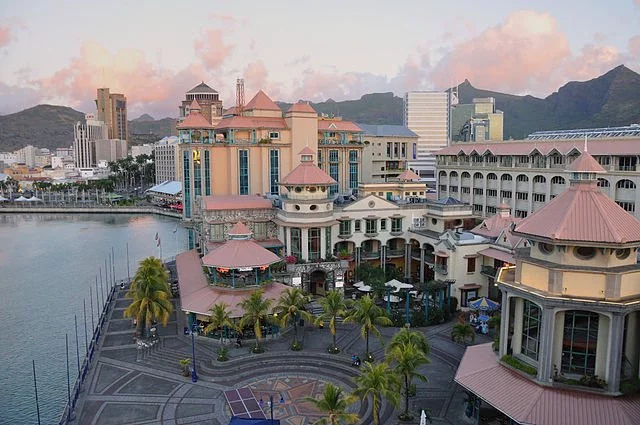
Port Louis, located in the Indian Ocean, serves as the capital city of Mauritius.
Positioned between a deepwater harbour, accessible to ships via a break in the coral reef, and a semicircle of mountains, the city is distinguished as home to the largest port facility in the Indian Ocean region and stands as a key financial centre in Africa.
The economy of Port Louis is primarily driven by its financial hub, port facilities, tourism, and the manufacturing sector.
Bisected by Mauritius' sole motorway, which passes through the harbour and the lively dining and shopping district known as Le Caudan Waterfront, the city exudes a diverse and vibrant culture.
Renowned for its French colonial architecture, Port Louis boasts numerous historical treasures, including the Champ de Mars, the oldest racecourse in the southern hemisphere.
Port Louis enjoys a mild tropical maritime climate throughout the year, characterized by two distinct seasons. The warm, humid summer spans from November to April, while the relatively cool, dry winter prevails from June to September.
2. Durban, South Africa
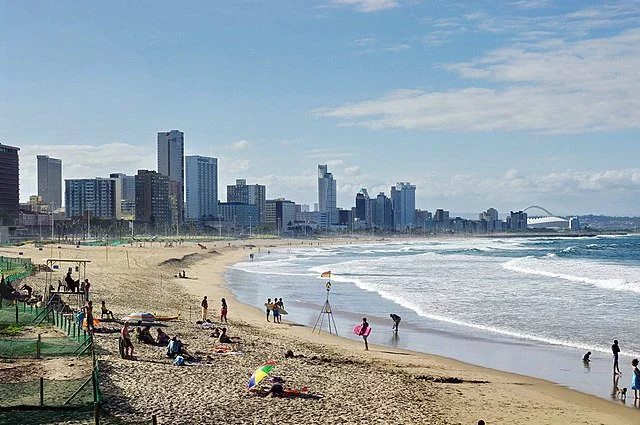
Durban, situated on the eastern coast of South Africa in the KwaZulu-Natal province, overlooks the Indian Ocean, making it a prominent coastal city.
As part of the eThekwini Metropolitan Municipality, which is made up of neighbouring towns, Durban has a population of approximately 3.44 million, establishing the combined municipality as one of the largest cities on the African continent's Indian Ocean coast.
This modern metropolis, housing the University of KwaZulu-Natal, is renowned for its diverse influences, blending African, Indian, and colonial cultural elements.
Serving as South Africa's second most significant manufacturing hub, Durban holds the central offices of the country's sugar industry.
A captivating seafront promenade stretches from uShaka Marine World, an expansive theme park featuring an aquarium, to the avant-garde Moses Mabhida Stadium.
Durban's tourism thrives on its proximity to KwaZulu-Natal's game and nature reserves, as well as its inviting beaches equipped with amenities like an esplanade and an oceanarium. The city experiences a humid subtropical climate - hot and humid summers and pleasantly warm, dry winters.
3. Cape Town, South Africa
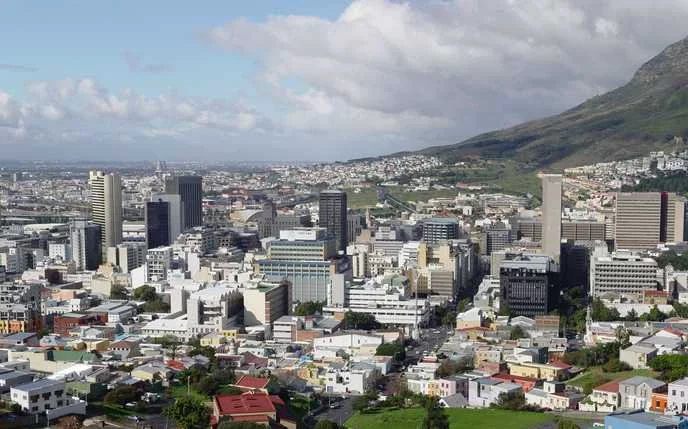
Cape Town, situated on the southwest coast of South Africa at the northern tip of the Cape Peninsula and nestled at the foot of Table Mountain, is a captivating port city.
The city and its suburbs wind around the steep slopes of Table Mountain, embracing the shores of Table Bay. Ascending to the mountain's flat summit via slowly rotating cable cars reveals panoramic views of the city, the bustling harbour, and boats en route to Robben Island, the infamous prison that once held Nelson Mandela.
Functioning as the economic hub of the Western Cape Province, Cape Town stands as South Africa's second-largest economic centre and the third major economic hub on the African continent. Additionally, it hosts the highest concentration of successful Information Technology companies in Africa.
Cape Town is not only a sought-after international tourist destination within South Africa but is renowned throughout Africa. This acclaim is attributed to its mild Mediterranean climate, picturesque natural setting, and well-established infrastructure.
4. Johannesburg, South Africa
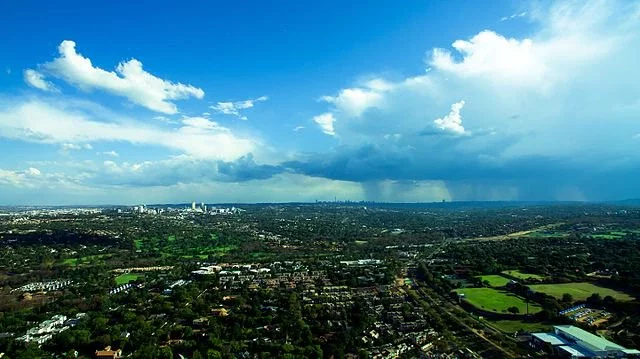
Johannesburg, situated in the Gauteng province, stands as South Africa's primary industrial and financial hub.
Nestled on the Highveld, a vast grassy plateau that blankets the country's interior, Greater Johannesburg encompasses over five hundred suburbs, sprawling across an expanse exceeding two hundred square miles (520 square kilometres).
It is known as a nexus of mining, manufacturing, and finance, and houses the headquarters of all major mining companies, overseen by the Chamber of Mines - an industry-regulating body. The city's local factories contribute to a various array of products, spanning textiles, speciality steels, and a robust engineering sector catering to the mining industry.
Johannesburg serves as the centre for the country's financial institutions, with virtually all banks, insurance companies, and building societies headquartered here. The Johannesburg Stock Exchange, listing over 600 companies, is situated in the city's central business district, characterized by distinct architectural styles such as Victorian Colonial, Edwardian Baroque, Art Deco, and Modernism.
Johannesburg City Parks and Zoo play a pivotal role in cultivating the city's lush greenery, earning Johannesburg the distinction of being one of the world's 'greenest' cities, with an estimated six million trees flourishing in its subtropical highland climate.
The city experiences hot and sunny days with afternoon thundershowers during the summer months (October to April), while the winter months (May to September) bring dry, sunlit days followed by chilly nights.
5. Victoria, Seychelles
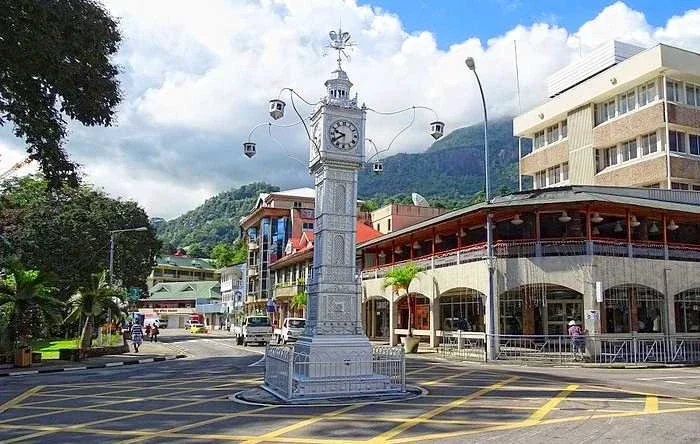
Victoria is situated on the northeastern coast of Mahé Island, the largest in the Seychelles archipelago, and stands as the capital city of the Republic of Seychelles.
Despite its size, Victoria is a bustling city and serves as both the business and cultural hub of the country, equipped with modern amenities such as a hospital and a teacher-training college.
The city has a distinctive Creole culture, influenced by the iconic Victoria Clocktower at its centre - a national monument reminiscent of London's "Big Ben", which has dutifully marked the time since 1903.
Noteworthy attractions include the Seychelles National Botanical Gardens, showcasing endemic palms, orchids, giant tortoises, and fruit bats, along with the vibrant Sir Selwyn Clarke Market, offering an array of spices, fruits, art, and souvenirs.
The city's environment spans from expansive bays of white sand to a densely forested interior.
Victoria experiences a tropical rainforest climate, characterized by consistently high temperatures year-round. The city exhibits distinct wet and dry periods, with June and July standing as the driest months, while December through February marks the wettest period in the city's climate calendar.
6. Tunis, Tunisia
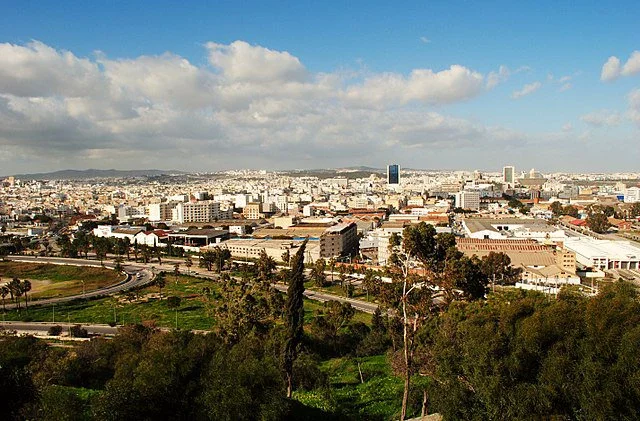
Tunis, situated on the northern African coast, stands as the capital and largest city of Tunisia, gracefully positioned between the western and eastern basins of the Mediterranean Sea.
Built on a hill slope descending to the Lake of Tunis, the greater metropolitan area is known as Grand Tunis, encompassing its ancient medina, recognized as a World Heritage Site.
As the focal point of the country's commercial and cultural activities, Tunis has a diverse economic landscape. Agriculture remains a significant contributor to income, primarily centred around olive cultivation.
The manufacturing sector includes textiles, clothing, carpets, cement, metal building structures, super-phosphate production, metallurgy, machinery, electrical industries, and railway workshops. Tourism plays a pivotal role in Tunis's economic fabric.
Tunis experiences a hot-summer Mediterranean climate, marked by a season of hot and dry weather and mild winters with moderate rainfall. The city's climate is influenced by its latitude, the tempering effects of the Mediterranean Sea, and the topography of the surrounding hills.
7. Rabat, Morocco
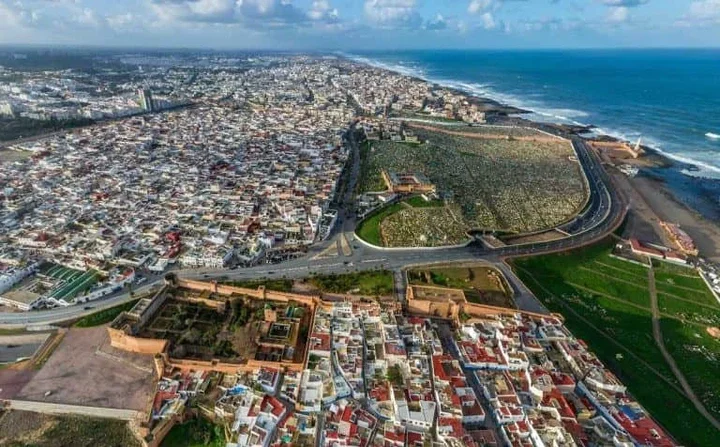
Rabat, one of Morocco's four imperial cities, stands proudly as the capital city, situated on the Atlantic coast at the mouth of the Wadi Bou Regreg, opposite Salé.
Get the latest and greatest updates right away! Join our exclusive Whatsapp Channel and never miss out on exciting news again.
Distinguished by landmarks reflecting its Islamic and French colonial legacy, Rabat boasts the Kasbah of the Udayas, a Berber-era royal fort surrounded by formal French-designed gardens, commanding a view of the ocean. The city's iconic Hassan Tower, a 12th-century minaret, rises majestically above the remnants of a mosque.
A hub of significant economic activities, Rabat serves as the centre for a thriving textile industry, particularly known for its carpets, blankets, and leather handicrafts. The city also engages in fruit and fish processing, as well as the production of bricks and asbestos.
Rabat experiences a Mediterranean climate, characterized by warm to hot dry summers and mild damp winters. Its coastal location along the Atlantic Ocean contributes to a moderate, temperate climate, transitioning from cool winters to warm summer days.
8. Casablanca, Morocco
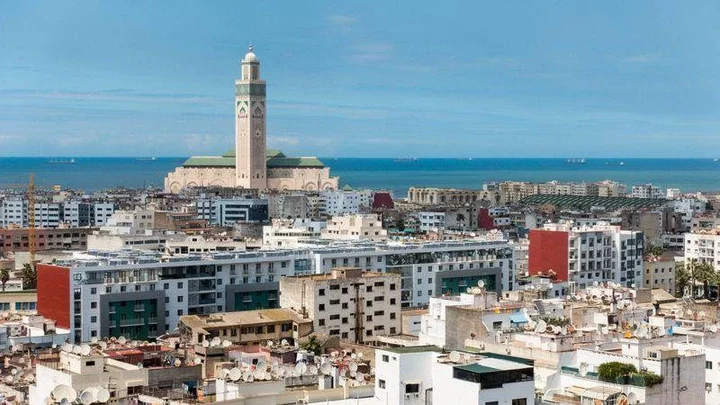
Casablanca stands as Morocco's largest city and the primary Atlantic port of the nation. Known as one of North Africa's most influential trade hubs, Casablanca holds the distinction of being Africa's foremost financial centre, according to the Global Financial Centres Index.
The city is equipped with Arabic and French language schools across various educational levels.
Additionally, Casablanca hosts diverse cultural and utilitarian institutions, including the Goethe-Institut, the Municipal College of Fine Arts, the Municipal Library, a prehistory society, an institute of fishing, and a horticultural society.
Culinary enthusiasts find delight in Casablanca's growing restaurants, offering a spectrum from fresh seafood and French cuisine to traditional Moroccan dishes.
Serving as Morocco's primary recreational centre, Casablanca features pleasant beaches, parks, and charming promenades along the seafront.
Casablanca's downtown area showcases its French colonial legacy through Mauresque architecture, a captivating fusion of Moorish style and European art deco. A prominent landmark, the Hassan II Mosque, completed in 1993, stands as the second-largest on the African continent, featuring the world's tallest religious minaret at a soaring height of 200 meters.
9. Windhoek, Namibia
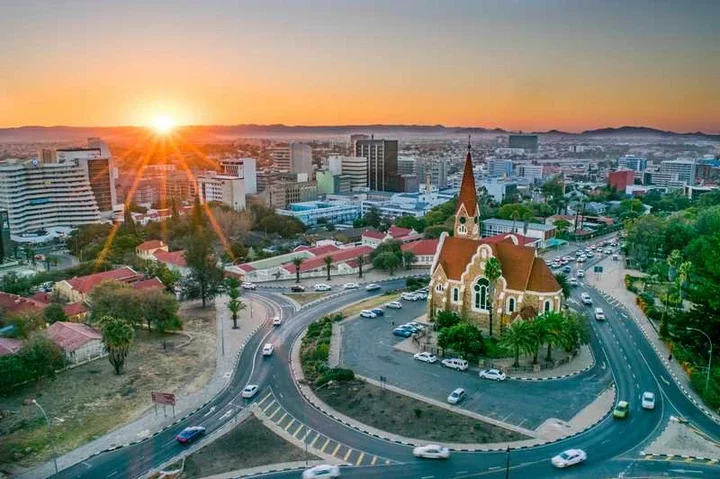
Windhoek is the capital of the Republic of Namibia, which holds a central position in the country, serving as its social, economic, political, and cultural hub. The city boasts administration buildings, a state museum, and notable educational institutions, including the expansive African Augustinian High School.
Windhoek features two airports: the domestic facility Windhoek-Eros and the international hub Windhoek Hosea Kutako.
What makes Windhoek particularly interesting is its rich cultural blend. While traces of colonialism linger, the evident pride that Namibians harbour for their nation and its cultural heritage is unmistakable.
Reflecting Namibia's historical context, different international influences, mainly European, manifest in the culinary landscape. German restaurants, street names, beer, bread, and sausages contribute to the cosmopolitan flavour.
Interestingly, German is still a viable means of communication in some shops, even though English is the official language of Namibia.
Windhoek experiences a hot semi-arid climate, characterized by over 300 sunny days annually. The period from December to February registers the highest temperatures, while June and July can bring chilly nights.
10. Gaborone, Botswana
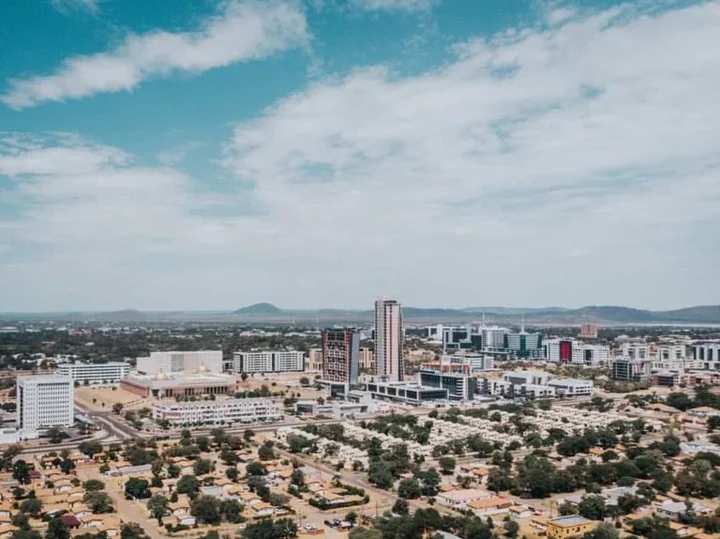
Gaborone, the vibrant capital city of Botswana, is known for attractions such as the Gaborone Game Reserve, where indigenous wildlife like wildebeest and impala, alongside resident and migratory birds, find sanctuary.
Towards the southwest lies the Mokolodi Nature Reserve, home to rhinos and giraffes, with footpaths leading to panoramic city vistas from the summit of Kgale Hill.
Having experienced significant growth following the discovery of diamonds in the 1970s, Gaborone is a youthful metropolis and serves as the headquarters for the University of Botswana. The city hosts The National Museum and Art Gallery, encompassing departments dedicated to natural history, archaeology, prehistory, art, and cultural artefacts.
Gaborone offers a diverse array of hotels, cinemas, and casinos, while its numerous and varied restaurants cater to different tastes. Nightclubs in the city often feature live music performances by local artists.
Basking in a hot desert climate, Gaborone enjoys abundant sunshine throughout most of the year. Summers are typically characterized by high temperatures, while the nights bring a pleasant coolness to the air.
11. Lusaka, Zambia
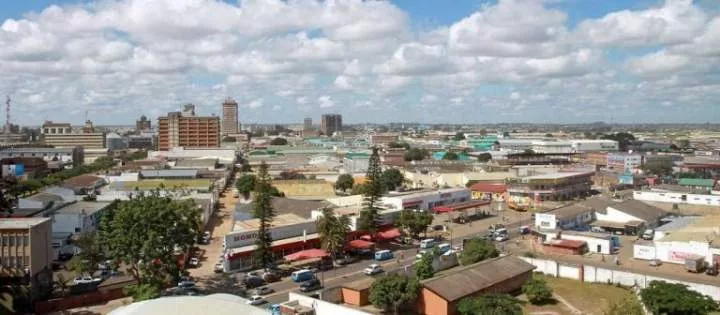
Lusaka, the thriving capital and largest city of Zambia, stands as one of the rapidly developing urban centres in southern Africa. Witnessing a surge in construction projects, the cityscape is evolving with new buildings, while chain stores and shopping malls are becoming ubiquitous in its expansive suburbs.
Lusaka boasts a diverse culinary scene, featuring excellent restaurants, coffee shops, takeaways, nightclubs, and pubs. The suburbs host upscale clubs and dining establishments, adding to the city's vibrant atmosphere.
Functioning as both the commercial and governmental hub of Zambia, Lusaka serves as a junction connecting the country through its four main highways - leading north, south, east, and west.
The official language is English, while Nyanja and Bemba are also commonly spoken. Home to Zambia's largest educational institution, the University of Zambia, Lusaka reflects cultural diversity with adherence to various major world religions, predominantly Christianity.
Lusaka enjoys a superb climate characterized by warm, sunny summers marked by refreshing thunderstorms and mild winters bathed in abundant sunshine. The months between October and March can be notably hot if rainfall is scarce.
The average annual rainfall, occurring from November to April, is around 950mm. Summer temperatures range from 20 to 32 degrees Celsius, while winter temperatures hover between 10 and 26 degrees Celsius.
Humidity levels typically remain below 40%, contributing to a comfortable living environment throughout the year.
In Conclusion...
Living conditions were analysed based on these 10 categories:
Political and social environment (political stability, crime, law enforcement, etc.).
Economic environment (currency exchange regulations, banking services).
Socio-cultural environment (media availability and censorship, limitations on personal freedom).
Medical and health considerations (medical supplies and services, infectious diseases, sewage, waste disposal, air pollution).
Schools and education (standards and availability of international schools).
Public services and transportation (electricity, water, public transportation, traffic congestion, etc.).
Recreation (restaurants, theatres, cinemas, sports and leisure).
Consumer goods (availability of food/daily consumption items, cars).
Housing (rental housing, household appliances, furniture, maintenance services).
Natural environment (climate, record of natural disasters).

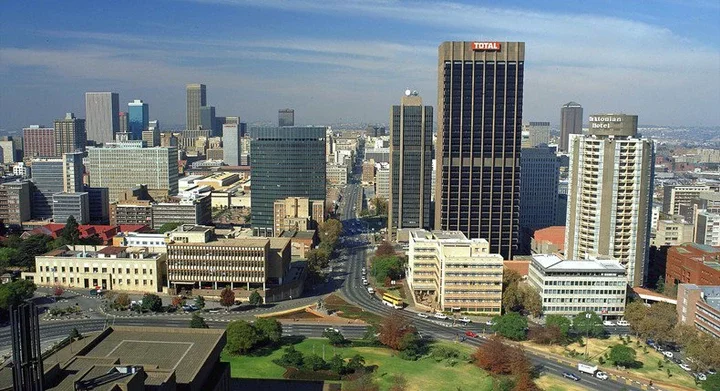
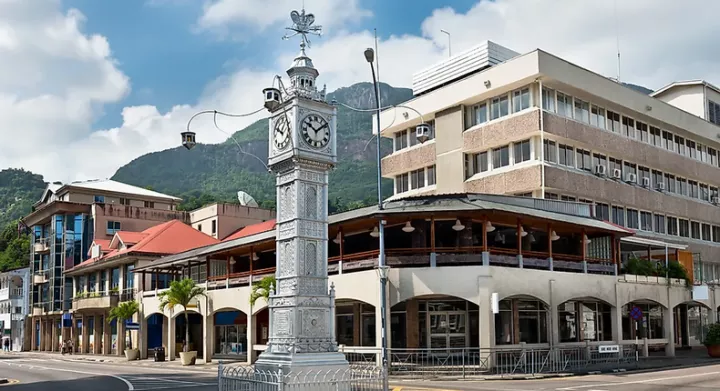
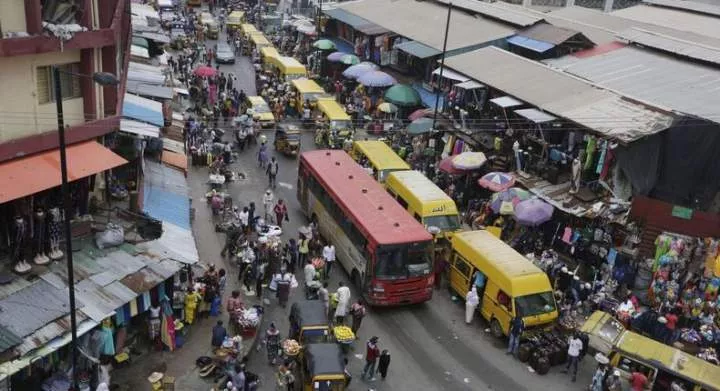
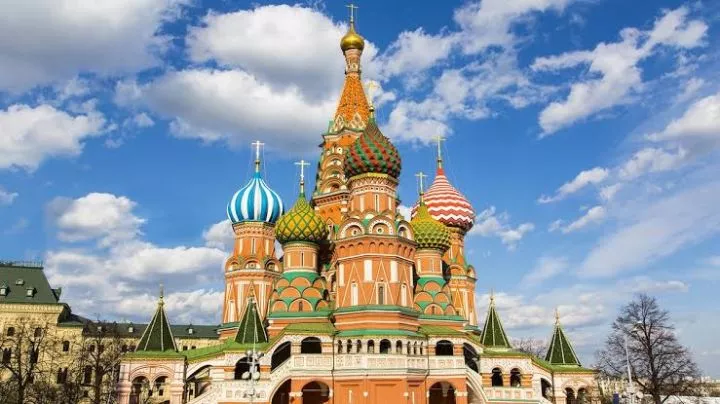
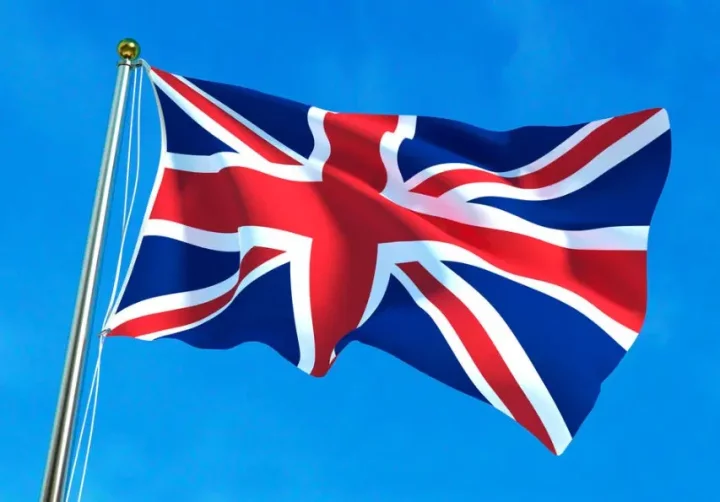
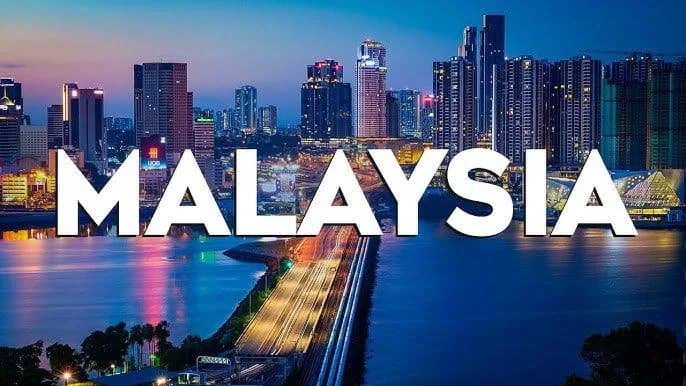










Comments